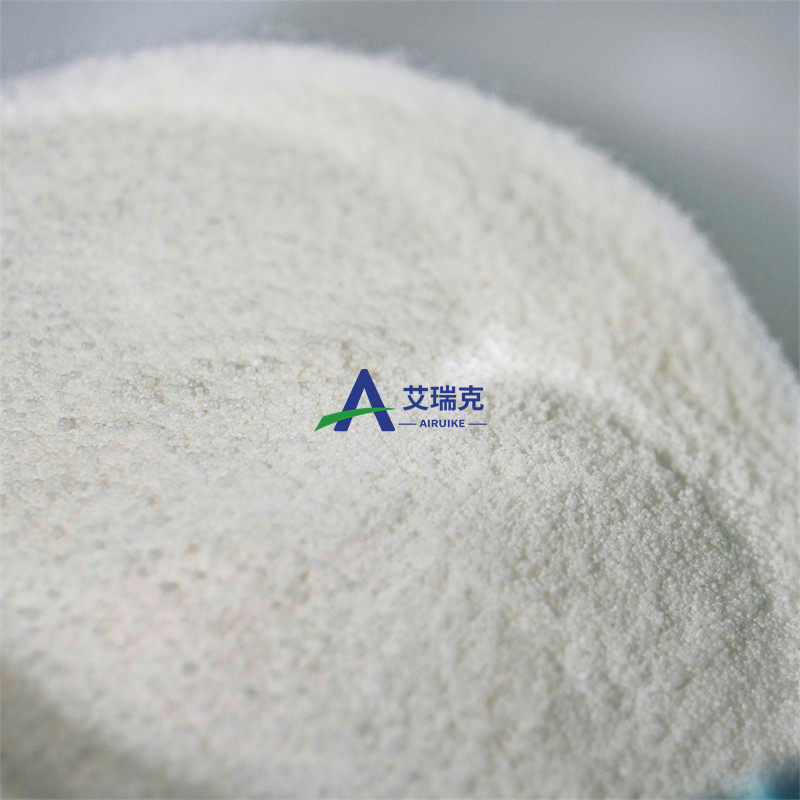The 11th indication in 30 years! Botox is approved by FDA to treat pediatric lower extremity spasm!
-
Last Update: 2019-10-25
-
Source: Internet
-
Author: User
Search more information of high quality chemicals, good prices and reliable suppliers, visit
www.echemi.com
October 25, 2019 / BIOON/ --Allergan recently announced that the U.S Food and Drug Administration (FDA) has approved Botox (Botox a) a supplementary biological product licensing application (SBLA) for the treatment of pediatric patients with lower extremity spasm (2-17 years old), which does not include the spasm caused by cerebral palsy (CP) This approval marks the 11th treatment indication approved 30 years after Botox went on the market In June, Botox was approved by the FDA to treat pediatric patients (2-17 years old) with upper extremity spasm (ULS) This approval, based on data from a phase III clinical trial involving more than 300 pediatric patients (2-17 years old) with lower extremity spasm, assessed the safety and efficacy of Botox treatment Although patients with cerebral palsy were included in the trial, the indications approved by Botox excluded leg spasms caused by cerebral palsy due to the market monopoly of another company The trials included a 12 week double-blind study and a one-year open label extension study In terms of treatment, the approved recommended dose of Botox for each treatment course is 4 units per kilogram to 8 units per kilogram, which is distributed to the affected muscles of lower limbs The total dose for each treatment of lower limbs shall not exceed 8 units per kilogram or 300 units, whichever is lower When treating lower limbs or upper and lower limbs at the same time, the total dose of children should not exceed 10 units or 340 units per kilogram of body weight, whichever is lower, with an interval of 3 months David Nicholson, chief R & D officer of Elgin, said: "spasticity in the lower extremities can affect all aspects of a child's life and have a significant impact on their overall development and quality of life This approval is an important milestone that will enable us to bring Botox to sick children and their caregivers and promote progress in paediatric care Since FDA approved the treatment of blepharospasm and strabismus in 1989, Botox has been used in various treatment fields for 30 years We are always committed to investing in research and exploring the potential therapeutic benefits of Botox to patients in a series of treatment fields Spasm is a debilitating neurological disease involving muscle rigidity that can cause muscle tension in the upper and lower extremities The most common cause of focal spasm in children is cerebral palsy, which is estimated to occur in about 2.5 of every 1000 live births worldwide Almost all patients with cerebral palsy have motor dysfunction, and spasticity affects 91% of the children Botox was developed by Erjian The main component of the drug is highly purified type A botulinum toxin, which is a blocking agent of nerve conduction to treat overactive muscles Botox was first approved in 1989 for the treatment of facial spasm and strabismus In 2000, it was approved for the treatment of cervical dystonia Later, it was further expanded to the field of beauty, including wrinkle removal, face thinning, elimination of brow lines and crow's tail lines In recent years, Botox has also been approved to treat upper extremity spasm, chronic migraine, neurogenic urinary incontinence, overactive bladder and other indications In the past 30 years, more than 100 million Botox ® and Botox ® chemical bottles have been sold around the world, and more than 3700 articles have been published in scientific and medical journals Botox ® neurotoxin is one of the most widely studied drugs in the world Original source: FDA approvesbotox ® (onaboutulinumtoxina) for pediatric pathways with low limb spacecity, excluding spacecity cased by cerebral pally
This article is an English version of an article which is originally in the Chinese language on echemi.com and is provided for information purposes only.
This website makes no representation or warranty of any kind, either expressed or implied, as to the accuracy, completeness ownership or reliability of
the article or any translations thereof. If you have any concerns or complaints relating to the article, please send an email, providing a detailed
description of the concern or complaint, to
service@echemi.com. A staff member will contact you within 5 working days. Once verified, infringing content
will be removed immediately.







